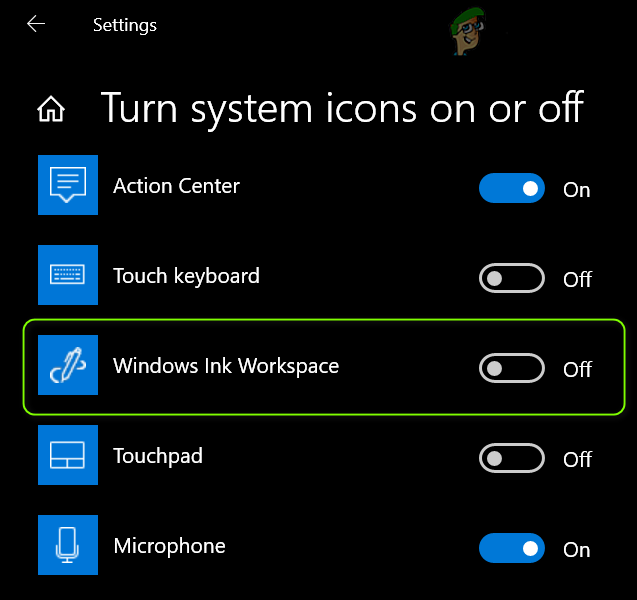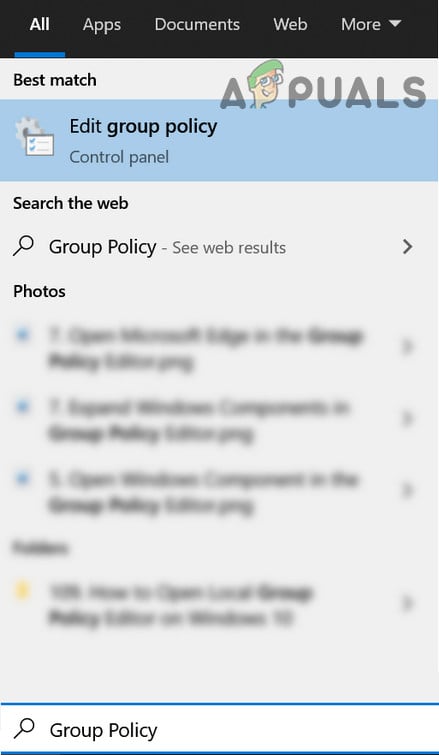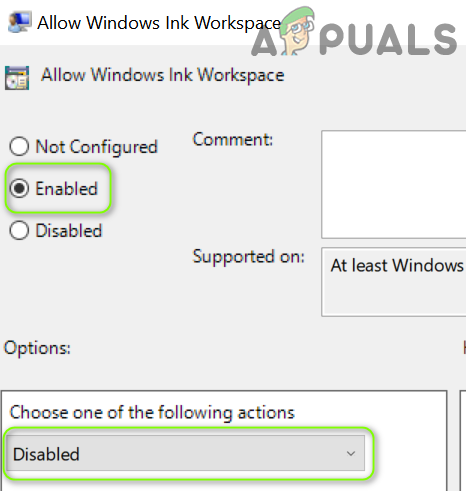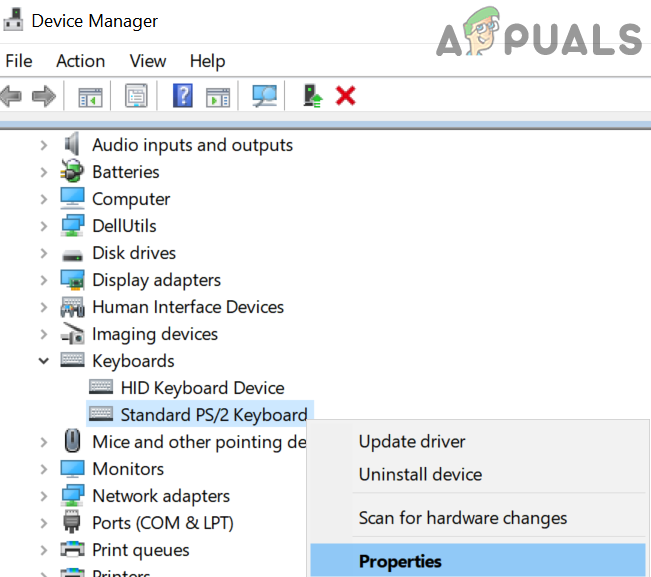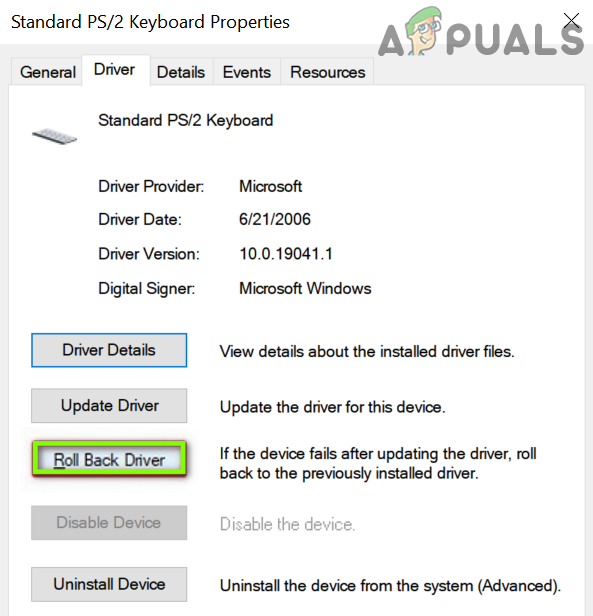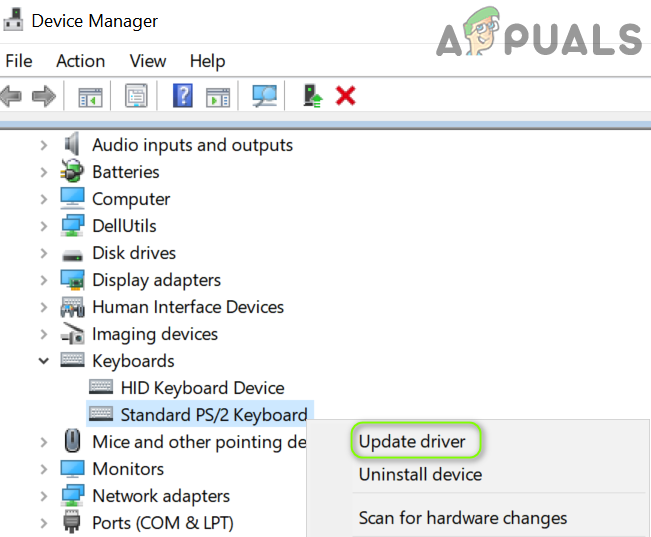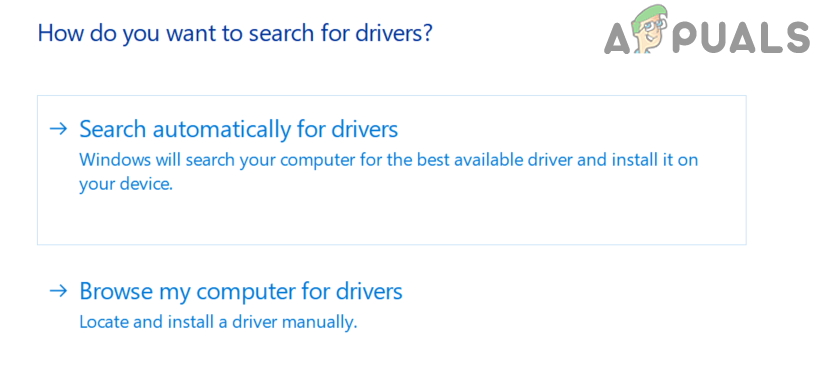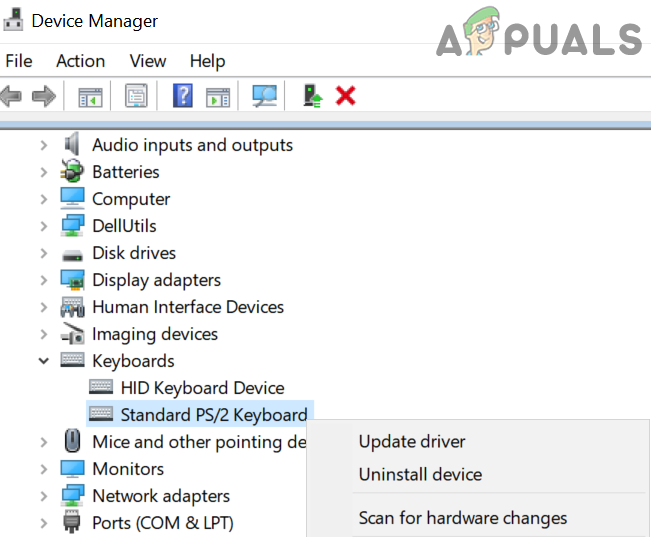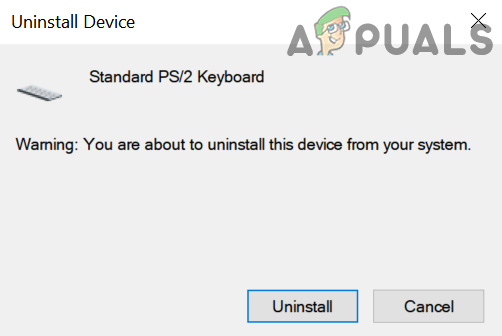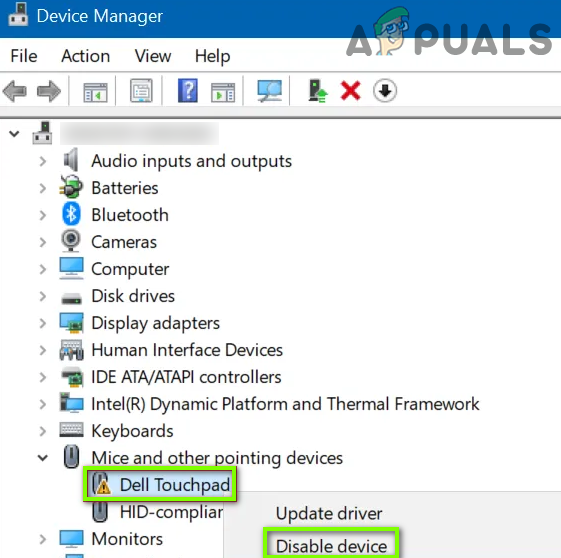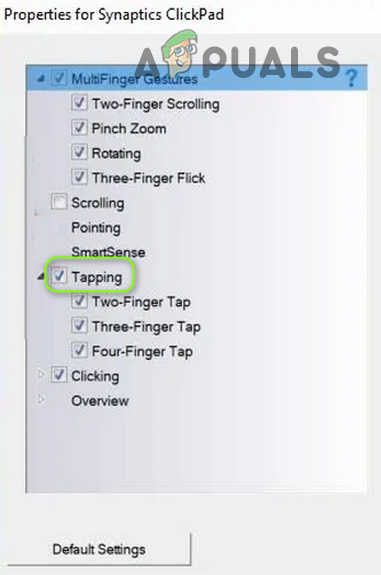The issue arises when a user presses a key on his keyboard to type but in place of typing, a random application is launched on the system. In some cases, the keyboard issue emerged after a Windows update. Before moving on, have a detailed look on the keyboard to check for a stuck keyboard key e.g., you may use the On-Screen keyboard (or an external keyboard) to check if any of the keys are highlighted, if so, try to clear those stuck keys. Also, check if cleaning the keyboard with a can of compressed air solves the problem. Moreover, check if the issue does not occur in the system’s BIOS. Furthermore, keenly check the user’s posture as his/her wrists or a jewelry item may be pressing a key and thus causing the issue. Last but not least, check if logging out/in whenever the issue arises sorts out the issue.
Key Combinations Workarounds
Before attempting any solutions, check if trying different key combinations (reported by users) sorts out the problem for you (either temporarily or permanently).
1. Update the Windows and Device Drivers of Your System to the Latest Built
The launching of a random application by the keyboard could be a result of incompatibility between the OS and drivers (if the system’s Windows or drivers are outdated). In this scenario, updating the Windows and drivers (especially the keyboard, video, and HID drivers) of your system to the latest built may solve the problem. But before proceeding, check if uninstalling the previous Windows update (if the issue has started after a Windows update) solves the keyboard problem.
2. Run the Keyboard Troubleshooter
Random applications may be launched when a key is pressed on the keyboard if the OS’s input modules are glitched. In this case, launching the built-in keyboard troubleshooter may clear the glitch and thus solve the keyboard problem.
3. Disable Keyboard Settings in Ease of Access
Pressing any key on the keyboard may launch random applications if a keyboard setting (like Sticky or Filter keys) in Ease of Access is causing the issue. In this case, disabling the keyboard settings in Ease of Access may solve the problem. If the issue persists, right-click on the Desktop and select Graphics Options > Hot Keys > Disable. Then check if the keyboard is working fine. Also, make sure the Speech Recognition (or Cortana) is not causing the keyboard issue.
4. Disable Fast Startup
Fast Startup is a mixed state between the hibernation and shutting down of the system. It helps in quickly booting up the system but during this process, it may fail to fully load modules essential for the operation of the keyboard and thus cause the issue at hand. In this context, disabling the fast startup of your system may solve the problem.
5. Disable Windows Ink Workspace
Windows Ink Workspace is the Windows 10 Pen experience by Microsoft. But, as an input workspace, it may hinder the operation of the keyboard and thus cause the launching of random applications. In this context, disabling the Windows Ink Workspace (you may fail to launch Sketchpad or Screen Sketch afterward) may solve the problem.
6. Roll Back/Update/Reinstall the Keyboard Driver
The keyboard may show the current behavior if its driver is incompatible/outdated or corrupt. In this scenario, rolling back/updating or reinstalling the keyboard driver may solve the problem. But before proceeding, check if disabling and enabling (make sure to wait for at least 1 minute before enabling the keyboard) the keyboard in the Device Manager resolves the issue.
Roll Back the Keyboard Driver
Update the Keyboard Driver
Reinstall the Keyboard Driver
If the issue persists, check if repeating the same to the Hot-Key driver (if present in the Device Manager) sorts out the problem.
Disable the Touchpad Device
7. Clean Boot Your System and Remove/Disable the Conflicting Applications/Processes
The keyboard may have started to open the random applications if a process/application (e.g., a gaming hotkey application) on your system is hindering the operation of the input modules of the system. In this context, removing/disabling the conflicting application/process may solve the problem. The users have reported the following processes/applications to cause the issue: If any of these applications are present, then either you should remove it or disable it (for example, deleting or disabling iType.exe). If that is not an option, then whenever you encounter the issue, end the problematic process in the Task Manager of your system to solve the problem (till reoccurs). If the issue persists, then check if resetting the system’s BIOS to the defaults solves the keyboard problem. If that did not do the trick, then check if performing an in-place upgrade of the system (download the Windows 10 ISO and launch it as administrator) restores the keyboard functionality to normal. If the issue is still there, then you may have to reset Windows to defaults (by using the Keep Apps and Files option) or reinstall the OS from the scratch. If the issue persists, then get the system checked for a hardware failure.
Fix: Services and Controller App Random High CPU UsageHow to Fix Random BSODs Caused by Netwsw02.sys?Random Disk Usage Spikes on Windows 11? Here’s How to Fix ItSomeone Just Found A Way To Resolve The Surface Pro 7 Random Shutdown Problem

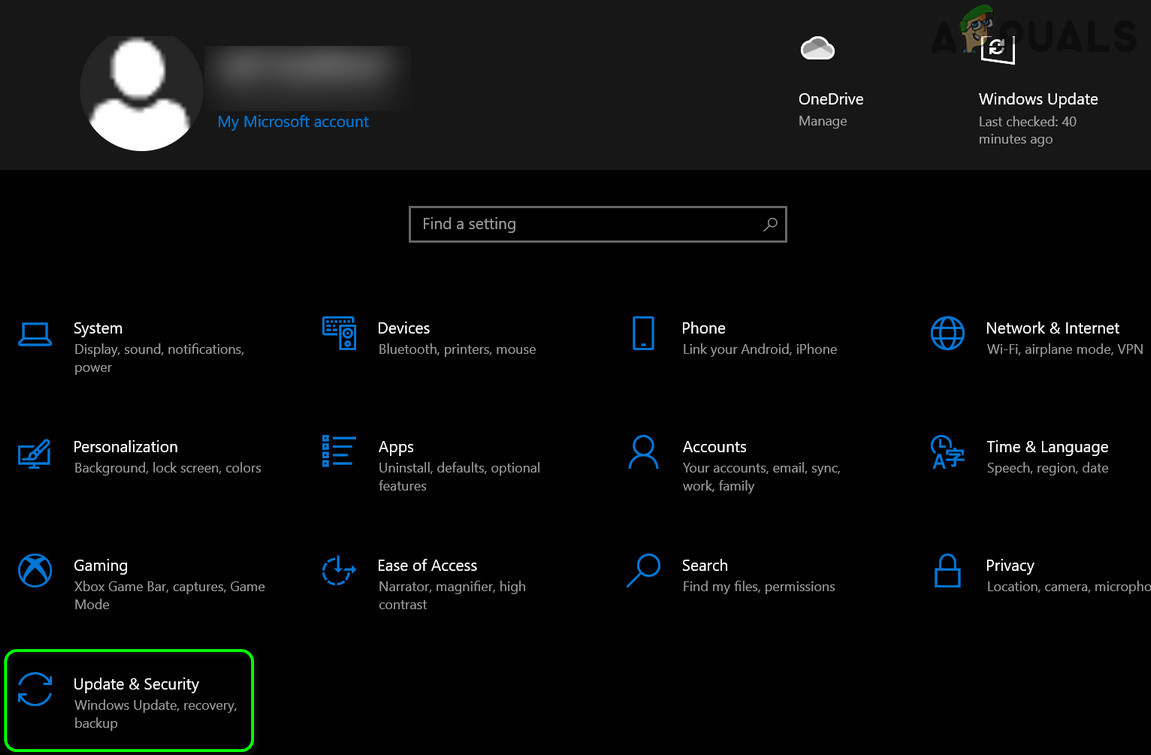
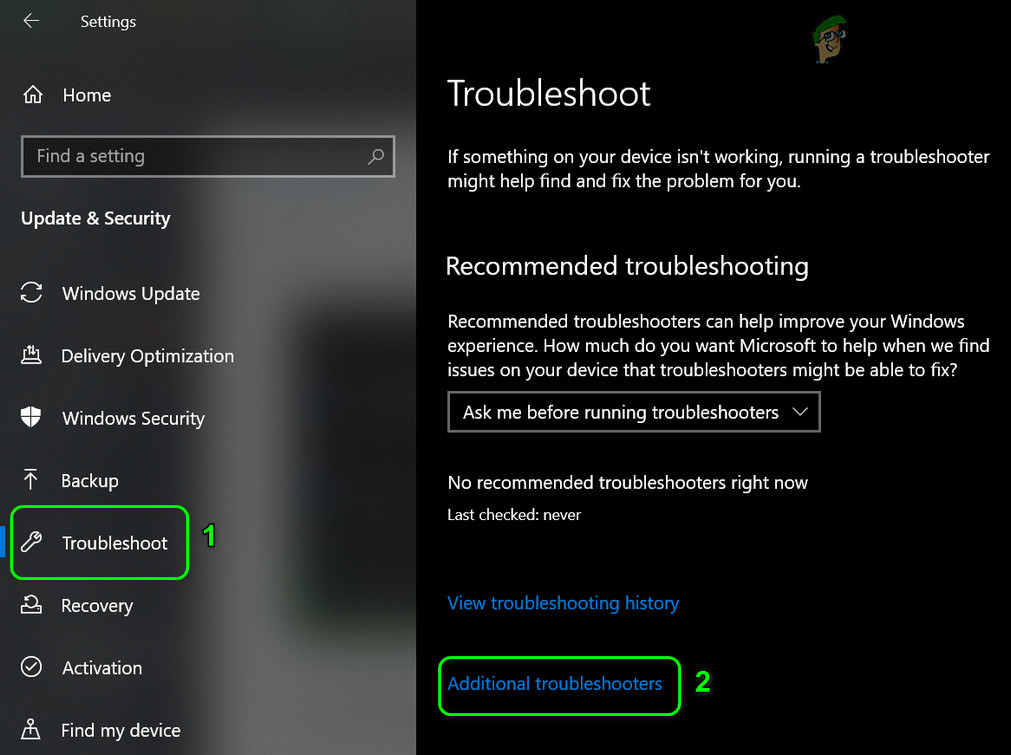
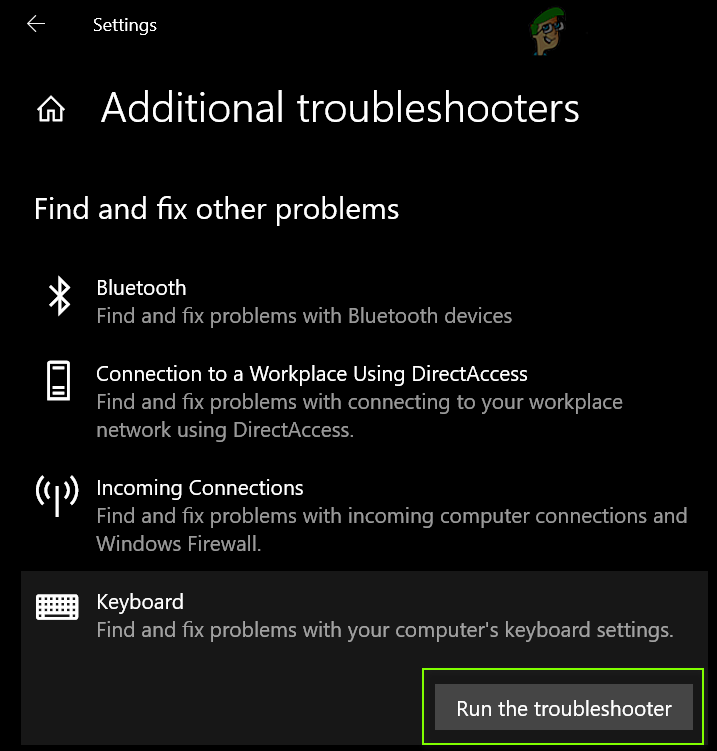
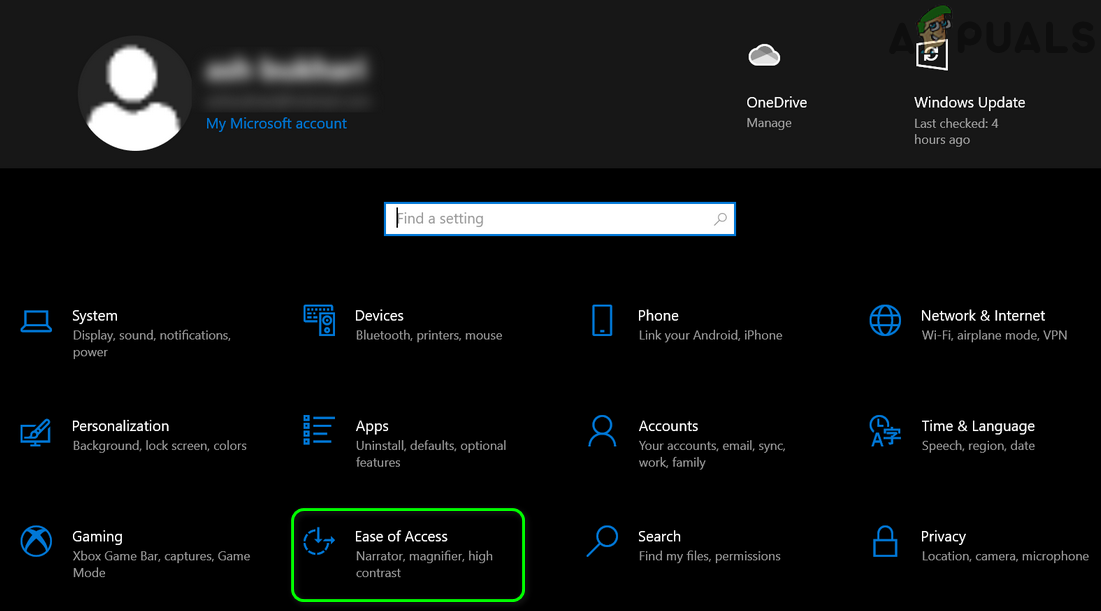
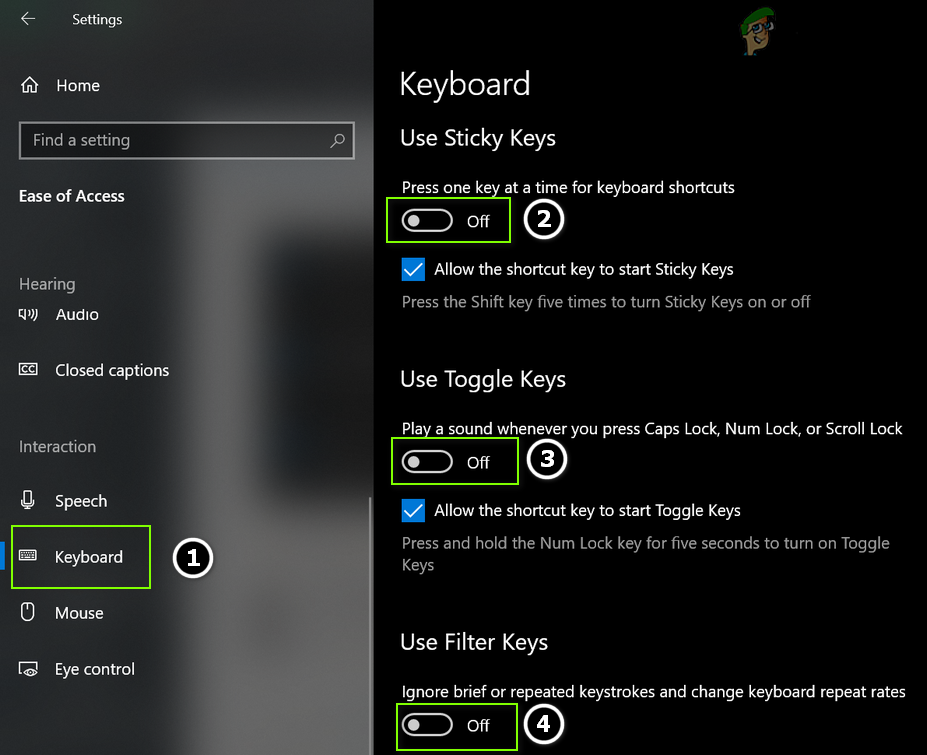
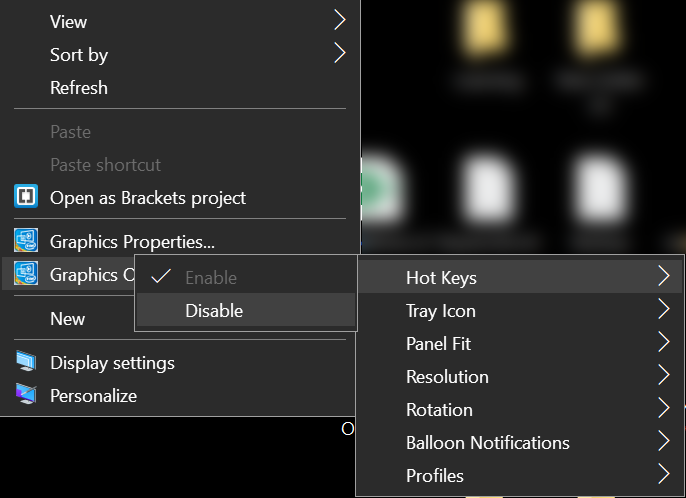
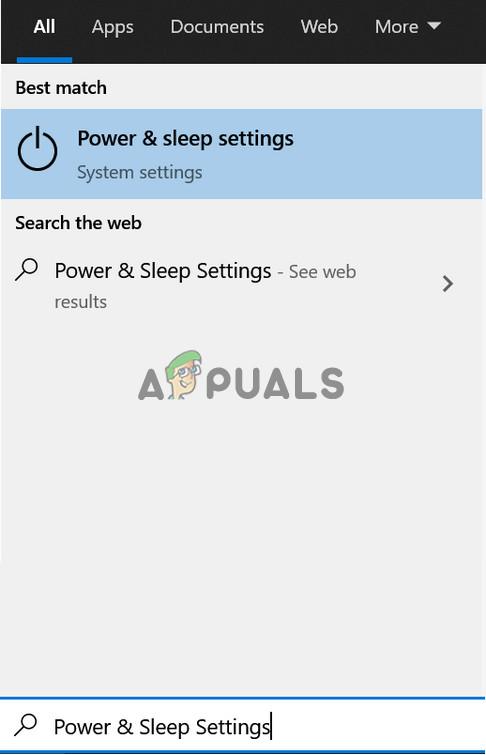
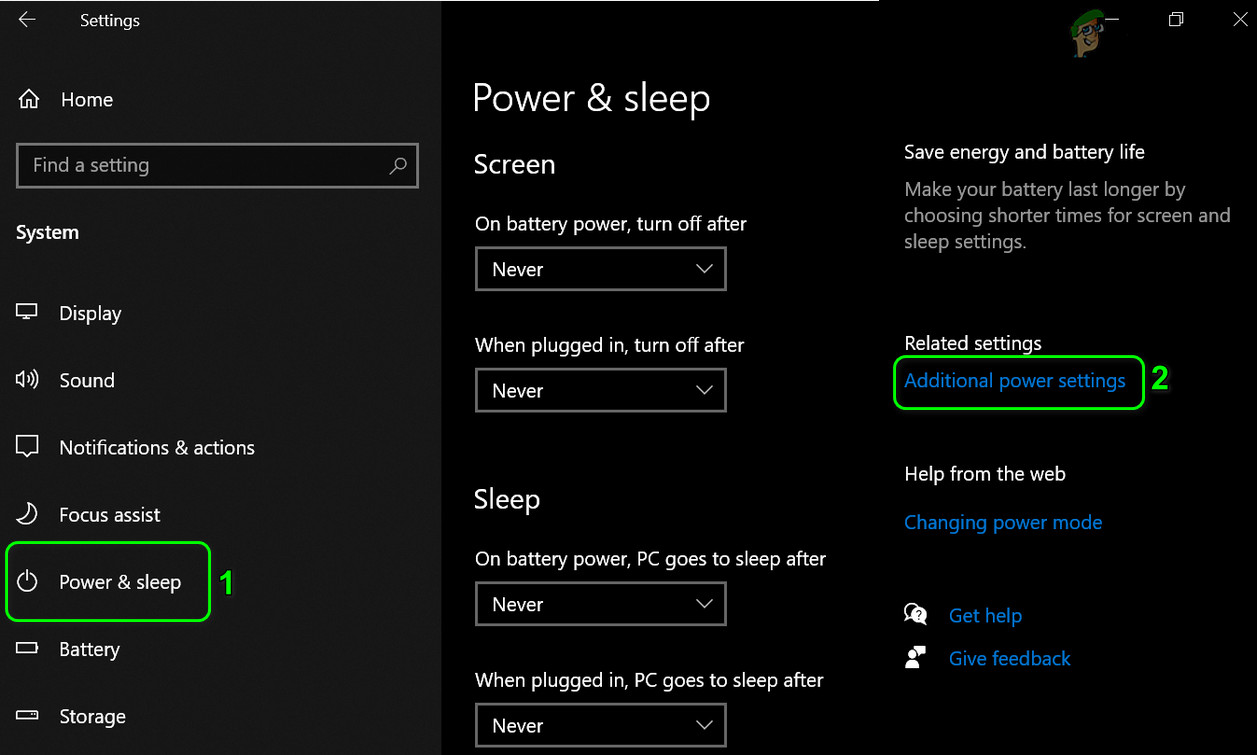
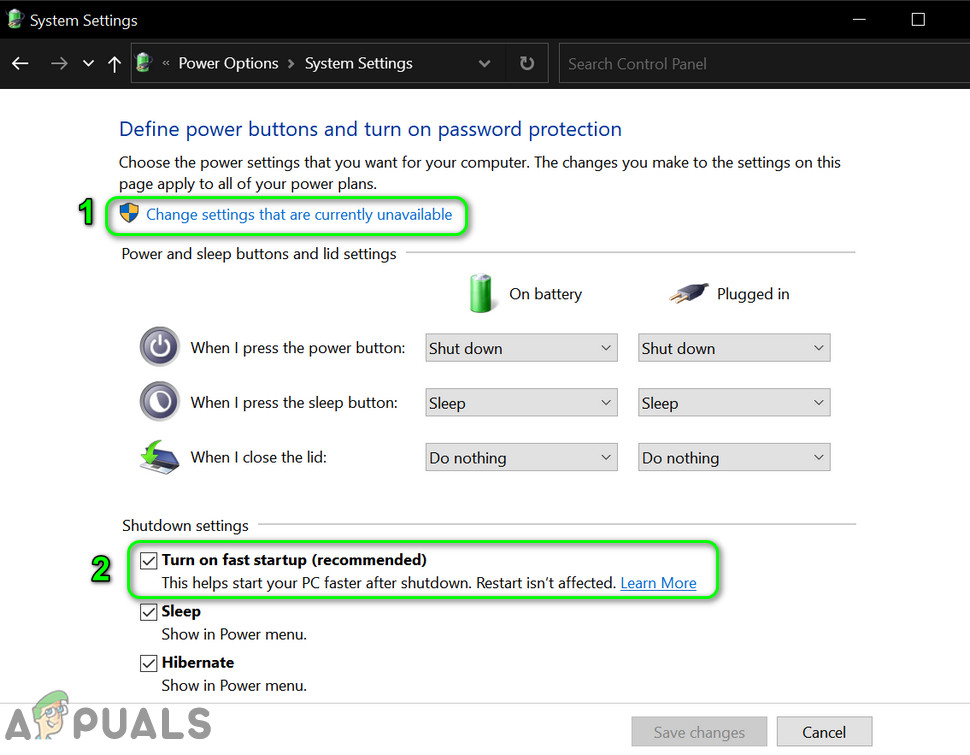
![]()
